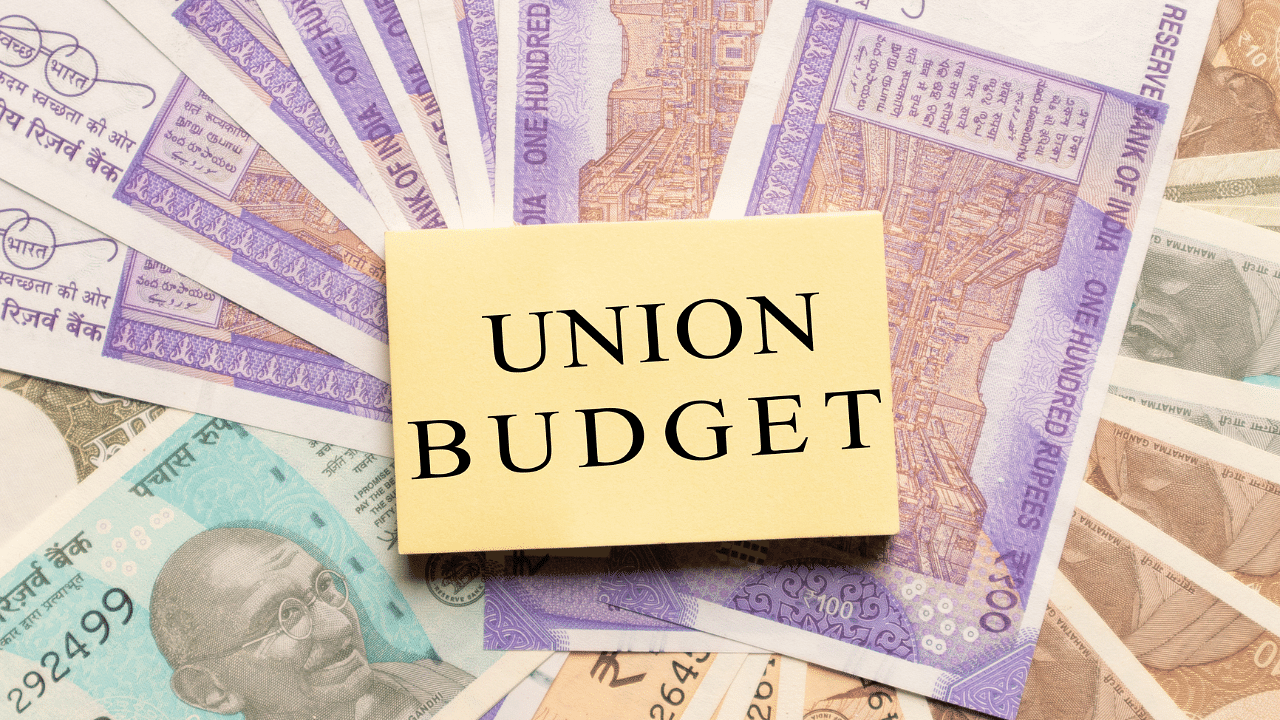
The forthcoming Union budget will be presented amid fears of a global recession. Resilient domestic demand, an investment cycle revival, a strengthened financial system, and structural reforms will provide an impetus to India’s economic growth despite the rapid deterioration in global prospects, the finance ministry said in November 22. Though cautious optimism is fine, overconfidence among policymakers in their ability to overcome the global headwinds may pose risks to India.
Policymakers in India appear to be confident about the bright growth prospects for the country, despite the fears of a global recession. However, India is not immune to a global recession or a global slowdown, which impacts trade, commodity prices, and capital flows. A possible recession in the world’s largest economy needs to leave its imprint on the forthcoming Union budget.
Previous recessions and slowdowns have impacted the exports of autos and their ancillaries, metals, textiles, etc. A slowdown in exports could lower manufacturing growth and also impact domestic consumption to some extent. With slowing domestic consumption and exports, obviously, government investments need to be stepped up.
Now, a lion’s share of government investments go to the infrastructure sector, and only a small part goes to the manufacturing sector. While investments in highways, ports, and airports are welcome, India also needs to step up its investments in the manufacturing sector simultaneously and try to become a major player in the global supply chains in order to fully leverage the returns from such infrastructure investments. Major investments in the development of infrastructure without commensurate investments in the manufacturing sector are akin to putting the cart before the horse.
Fed rate hikes in the US and rupee depreciation are prompting FPI outflows from India. In these uncertain times, it is required that India maintain and increase its forex reserves. India’s foreign exchange reserves fell by $70.76 billion in 2022, as per data released by the Reserve Bank of India (RBI). The forex reserves stood at $562.85 billion in the week ended December 30, a fall from $633.61 billion at the end of the previous calendar year.
In order to attract more FPI capital flows (which give a significant boost to India’s forex reserves), it is desired that the forthcoming Union budget make Indian capital markets attractive for FPI investments. With effect from FY 2018–19, in terms of FPI taxation in India, the exemption for long-term capital gains (LTCG) on the sale of listed shares was done away with. A 10% tax on such gains was introduced. While retaining and enhancing the security transaction tax (STT) rates, the abolition of LTCG will greatly enhance the attractiveness of Indian capital markets for FPIs.
Easing export restrictions on agriculture and allied products and enhancing export incentives for labour-intensive products like garments, leather products, handicrafts, engineering goods, electronic components, auto ancillaries, etc. will improve India’s exports and reduce the current account deficit (CAD).
The defining symbols of New India are billionaires, babus, and berozgari. The upcoming Union budget must prioritise reducing economic inequalities by raising taxes on the wealthy while lowering taxes on the poor and middle class. The budget must also focus on reducing the ballooning revenue expenditures of
the government and non-essential babudom.
Employment generation should be the central focus of the forthcoming Union budget, as India has already become or will soon become the most populous country on the planet. The fabled demographic dividend of India needs to be harnessed in earnest by making substantial investments in education, skill development, healthcare, and labour intensive manufacturing, and SME sectors.
(The writer is an alumnus of IIM, Ahmedabad, and a retired corporate professional.)